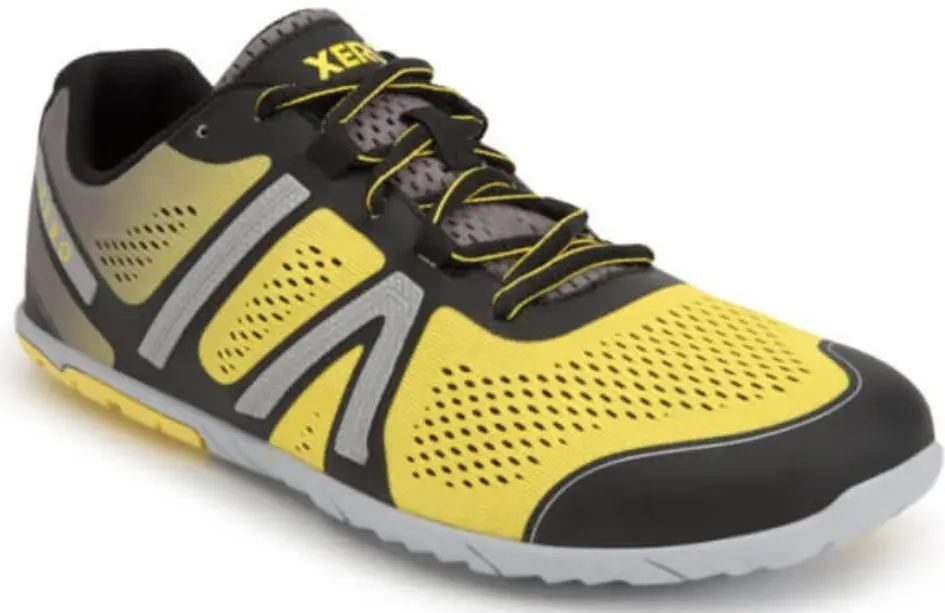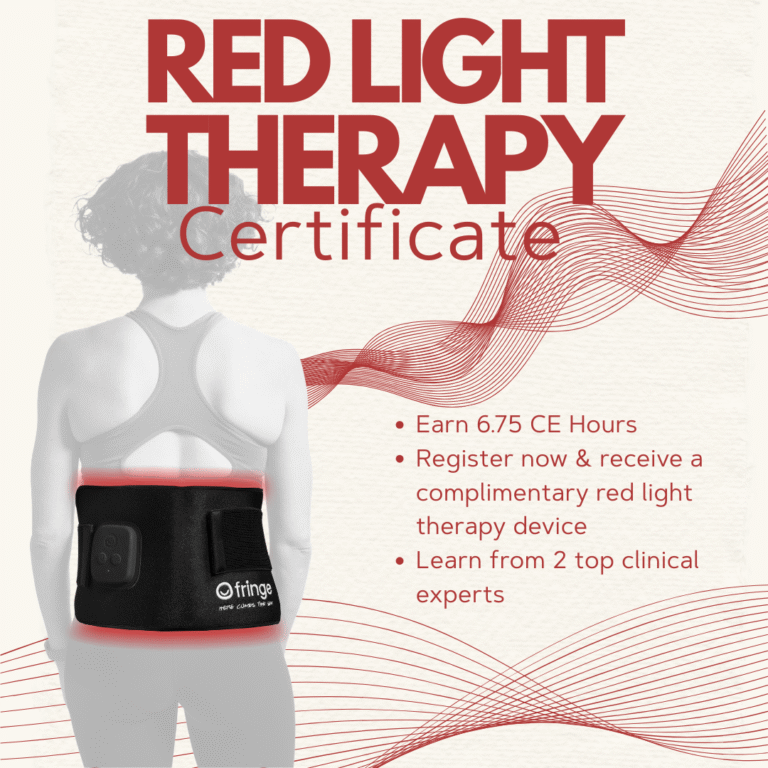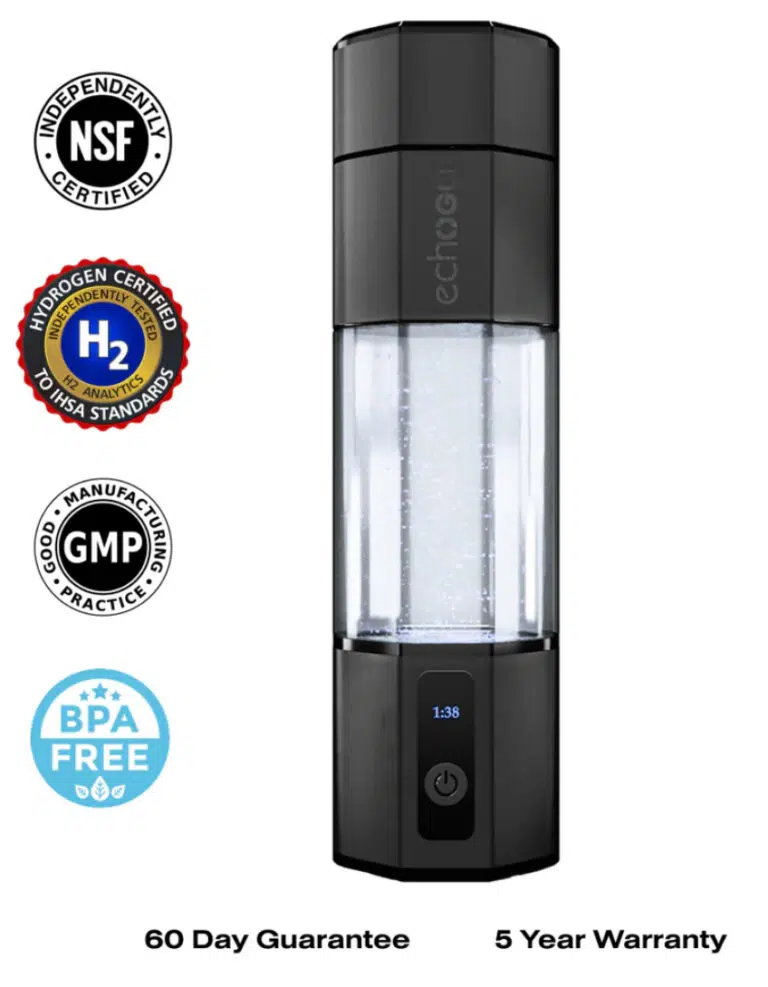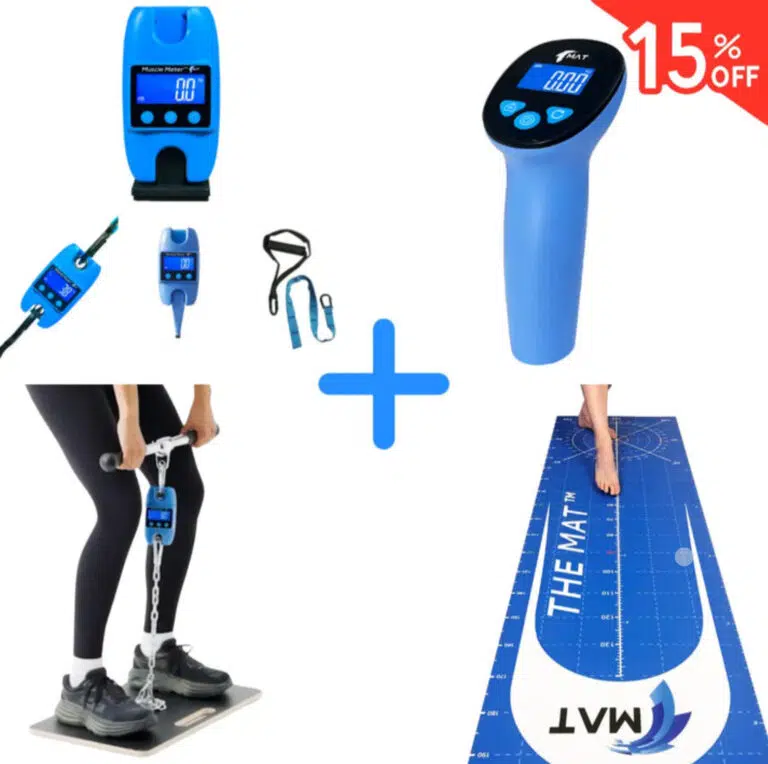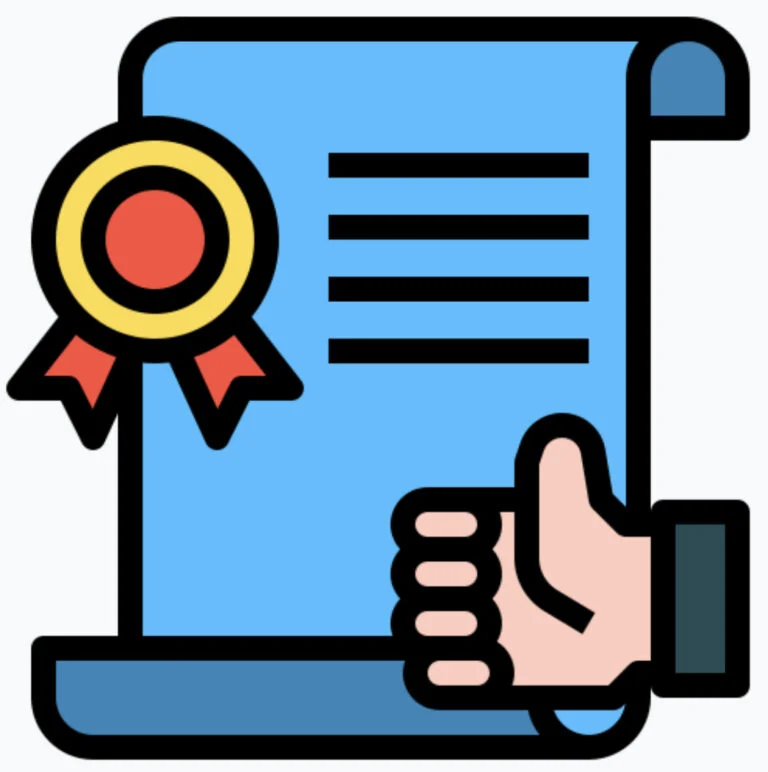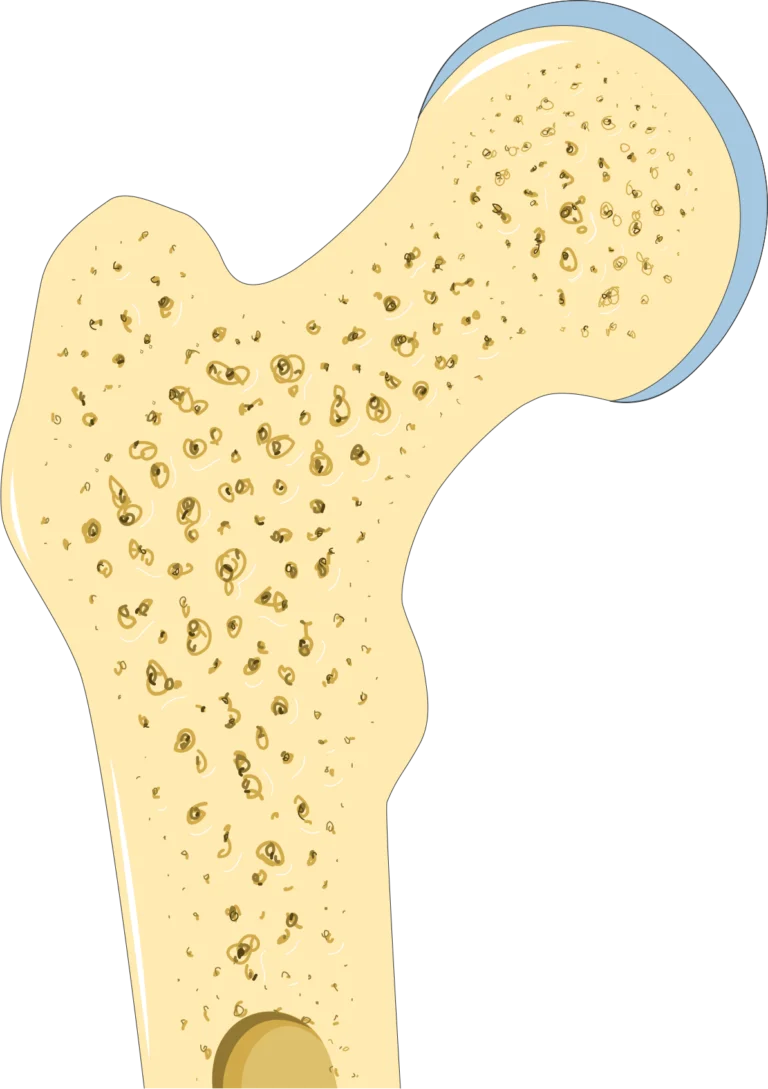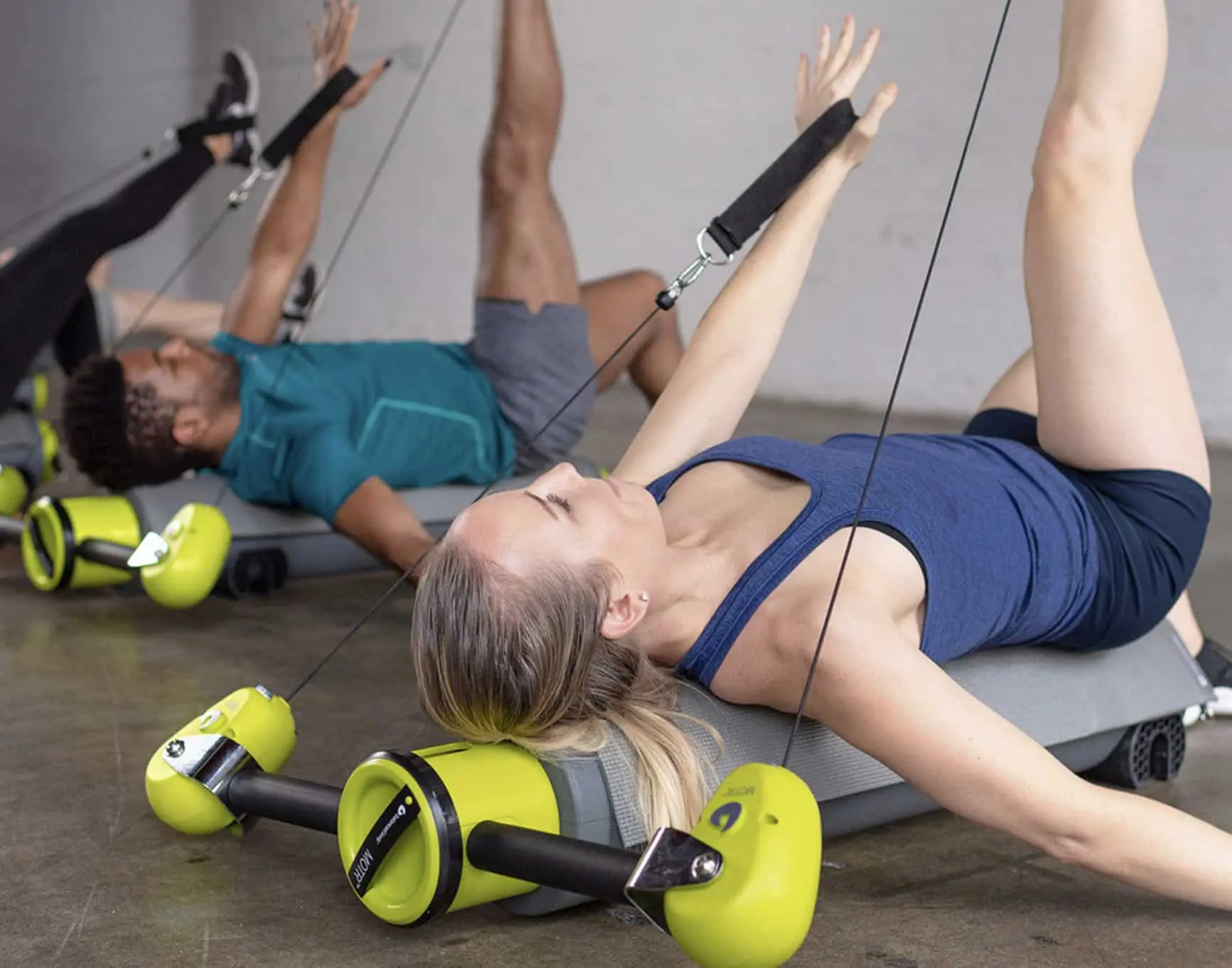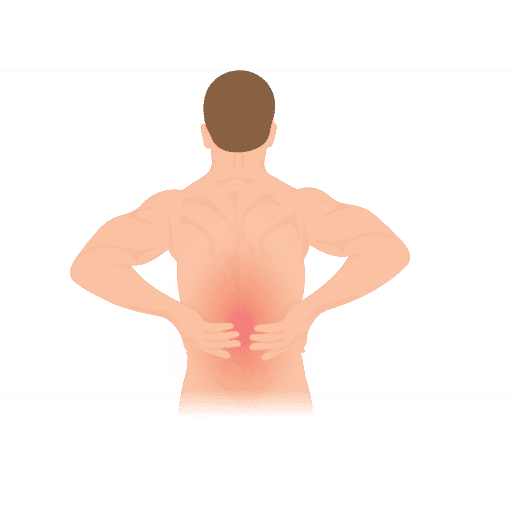Many foot-conscious people are embracing barefoot shoes (also called minimalist shoes, open toe, or zero-drop shoes) and swearing off traditional shoes. And this move has a lot of scientific support.
Studies have shown that minimalist shoes cause decreases in pain and increases in strength.
Sound good?
Let’s take a walk you through the world of minimalist shoes to see if this might be the right move for you!
If you’re looking for specific recommendations for minimalist shoes, be sure to check out Best Barefoot Shoes: Shoe-down of the Top 3 Minimalist Shoe Brands.
1. What are Barefoot Shoes?
Barefoot shoes and minimalist footwear are designed to provide the bare minimum of constriction and support. They allow your foot to move and function as naturally as possible.
This can lead to improved:
- balance
- posture
- proprioception (the ability to sense the position of your body and limbs in space)
- muscular strength
- joint stability
Additionally, barefoot shoes tend to be much lighter than traditional shoes, making them ideal for long walks, hikes, and running.
2. What would Joe Pilates Say About Barefoot Shoes?
Joe famously loved feet, but seemed to hate shoes. His first invention was the toe corrector, and he also made a foot corrector. Reformer exercises start off with footwork, and he apparently gave a lot of attention to the feet.
You couldn’t wear shoes in Joe’s studio, but everyone wore minimalist shoes…well, sort of. Female or male, you were going to wear some white slippers. According to Howard Steel’s biography of Joe, he only wore slippers while walking through New York City.
Purchase from bookshop.org. Support bookstores!
3. Are Barefoot Shoes Actually Better?
For most feet, wearing barefoot shoes is a great move. That doesn’t mean you need to kick all your other shoes out, but you should definitely consider increasing your near-barefoot time.
Minimalist shoes allow you feet to move in the way they need to: using all the parts of the foot. This is better than how most traditional shoes encourage you to move: thudding down on an overly-padded heel then rocking in one move toward the cluster of your toes.
4. What are the Benefits of Barefoot Shoes?
The tactile feedback you get from the ground (thanks to those thinners soles) lets your entire body know what’s going on down there. So ankles, hips, and all the muscles and fascia connecting them, communicate and respond more. This feeds into improving and maintaining balance.
In terms of strengthening foot muscles and making them work, barefoot shoes have an enormous advantage over traditional shoes. Super padded traditional shoes provide so much support that important muscles of the foot just don’t get used. (See Ridge et al (2018) below)
This is especially the case for arch support. Unless you have a specific condition, your foot’s musculature and, to a smaller degree, ligaments and fascia, should be providing dynamic arch support. This is the foot’s daily exercise.
So it’s no wonder why summer-time flats are often a pain in the sole. You’ve not built up the muscular strength to support yourself, and the soft tissues are trying to hold things together.
5. Why are Traditional Shoes Bad for You?
1. Too Much Cushion Actually Hurts Feet
Your foot is designed to feel the ground. It has thousands of nerves whose purpose is to send information to your nervous system so that your body can respond accordingly. This the daily practice of balance and quick adjustments is important for sports and life.
Without that response to the ground, you’re missing out on that important training for your sense of balance and adjusting to different surfaces. (See Foisy & Kapoula 2016.)
Healthy feet…great price!
- Fast shipping for $3-5
- Great variety
- Long-lasting quality
- Add lace-locks for quick changes
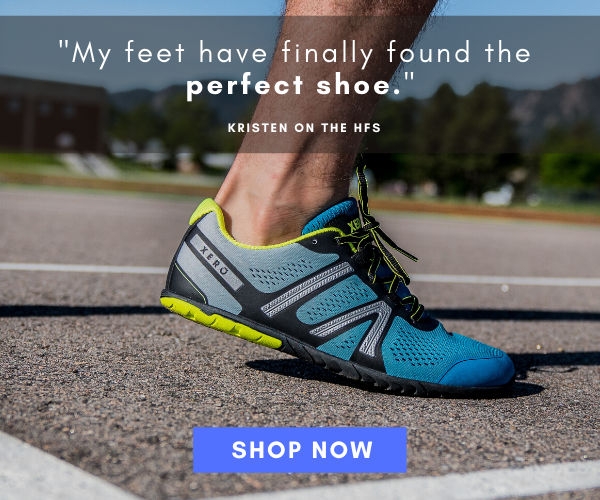
Try minimalist shoes from XeroShoes.com!
2. Cramped Toes
Traditional shoes are designed for style, not function. They often constrict the toes, creating various problems, from bunions to hammertoe. Traditional shoes can lead to corns, calluses, hammer and claw toes, and blisters.
Interestingly, toe deformities are more common in countries where Western-style shoes are worn. This may be because traditional shoes often have a narrower toe box, which can cause the toes to overlap.
3. Unnecessary Support
Your foot has tons of muscles designed to push off the ground and cushion impact. But too much support, such as the arch supports common in most shoes, discourages use of those muscles. This means muscles atrophy (i.e., weaken and decrease in size) over time.
Most people do not need arch supports if they’re not wearing traditional shoes. The extra cushioning of traditional shoes causes your points of contact (the heel and ball of foot) so sink lower, so arch support becomes more needed.
But a firmer connection to the ground doesn’t cause the ends of the foot to bow up as high. Your arch is thus in a better position to support the foot in minimalist shoes.
6. Should I Only Wear Barefoot Shoes?
Many people only wear barefoot shoes (and this includes during long-distance runners). But you can keep your traditional shoes and just factor in some near-barefoot time wearing minimalist shoes. You’ll still see a lot of benefit.
While many barefoot shoe makers, like Xero, tend toward athletic and outdoorsy styles, there are other options out there. The company Be Lenka offers a number of fashionable minimalist shoes. So no one at the club or office has to know that you’re actually comfortable and stylish.
Reduce the amount of time you’re wearing toe-crunching shoes. Save those heels for special occasions, and find some nice-looking healthier shoes for the rest of your time.
7. Who Shouldn’t Wear Barefoot Shoes?
Although they have many benefits, barefoot shoes are not for everyone. Those with certain medical conditions or injuries might not be a great fit.
A simple way to know if barefoot shoes might be right for you is to ask, ”How comfortable do I feel barefoot?” If you can walk around the house or studio in bare feet without pain, then minimalist shoes should feel great on you.
It might be adviseable to ease into barefoot shoes gradually to avoid discomfort or injury. So you might want to wear them just for an hour or two each day, then increase that. But I (in my 40’s) made the transition to all-day wear with no problem. And my mom (in her 70’s) did the same without any issue.
8. Do Minimalist Shoes Hurt?
Barefoot shoes have minimal soles, heel padding, and arch support. Doesn’t that mean your feet will hurt more?
Chances are, they’ll actually feel better. Personally, I had no pain at all when I switched to minimalist shoes. That includes being on my feet all day in the studio, walking lots, and squatting heavy weight.
The fact is that your foot already has a good deal of padding built in at the heel: thick skin, fatty pads, and extra thick bone. Your bones are designed to spread out (if they have room!) and provide additional cushioning as you roll through the foot.
You might notice that you don’t crash down on the heel as much when wearing minimalist shoes, which causes less impact on the heel itself. It allows you to share that load through the rest of the foot quickly.
Minimalist shoes have the comfort of being barefoot while offering you more protection.
9. Are Barefoot Running Shoes Healthy?
For years, it was assumed that more cushioning in a running shoe meant more comfort and less risk of injury. However, recent research has called this assumption into question. A study published in the British Journal of Sports Medicine found that runners who used traditional shoes with extra cushioning were actually more likely to be injured than those who used shoes with less cushioning.
The authors of the study believe that the extra cushioning prevents the foot from feeling the ground, leading to a loss of balance and an increased risk of falls. They also suggest that the extra cushioning may cause the runner to land harder, putting unnecessary stress on the joints. As a result, it appears that less may be more when it comes to running shoes.
Recent studies have shown that barefoot shoe runners saw increased muscular strength not only in the feet, but also in the legs (Chen et al (2016)).
Running on concrete with barefoot shoes can be very healthy, but chances are you’ll need to adapt your running style a bit. Instead of striking hard on the heel, successful barefoot shoe runners move more toward the midfoot for their ground contact.
Since you can get a good pair of barefoot running shoes for under $100, they’re worth trying out.
Check out the sources below for some more important studies.
Healthy feet…great price!
- Fast shipping for $3-5
- Great variety
- Long-lasting quality
- Add lace-locks for quick changes

Try minimalist shoes from XeroShoes.com!
10. What Kind of Socks Do You Wear with Barefoot Shoes?
Most socks should allow your toes the kind of spread that encouraged with barefoot shoes.
Some “support socks” provide that support by additional compression, but that’s exactly what you don’t need when wearing barefoot shoes. You want the toes to be able to spread and for the foot muscles to built strength in response to surfaces.
Some people like toe socks. These are great (if you have the patience!), but you should be able to get the benefits of wearing barefoot shoes from normal socks.
11. What are the Best Barefoot Shoes?
We recommend two different makers of barefoot shoes : Xero Shoes and Be Lenka. These are both reputable companies who are well-established within the minimalist shoe world. Here’s a quick breakdown of their differences:
Xero Shoes
- Less expensive, and great quality
- Fast, cheap shipping: $3-5!
- Specialty in athletic shoes
- All vegan-friendly
Be Lenka
- Huge variety
- More stylish
- 5% off first order
- Easy 14-day returns
For further reading…
To learn more about the foot in general, check out our review of Understanding the Human Foot (James Earls).
Sources
Bonacci, J., Saunders, P. U., Hicks, A., Rantalainen, T., Vicenzino, B. G. T., & Spratford, W. (2013). Running in a minimalist and lightweight shoe is not the same as running barefoot: a biomechanical study. British Journal of Sports Medicine, 47(6), 387-392. Link
Chen, T. L. W., Sze, L. K., Davis, I. S., & Cheung, R. T. (2016). Effects of training in minimalist shoes on the intrinsic and extrinsic foot muscle volume. Clinical Biomechanics, 36, 8-13. Link “Habitual shod runners who transitioned to minimalist shoes demonstrated significant increase in leg and foot muscle volume. Additionally, the increase in leg muscle volume was significantly correlated associated with the compliance of minimalist shoe use.”
Foisy, A., & Kapoula, Z. (2016). How plantar exteroceptive efficiency modulates postural and oculomotor control: inter-individual variability. Frontiers in human neuroscience, 10, 228. Link
Michaud, T. 2011. Human Locomotion: The Conservative Management of Gait-Related Disorders. Newton, MA: Newton Biomechanics.
Perkins, K. P., Hanney, W. J., & Rothschild, C. E. (2014). The risks and benefits of running barefoot or in minimalist shoes: a systematic review. Sports Health, 6(6), 475-480. Link
Ridge, S. T., Olsen, M. T., Bruening, D. A., Jurgensmeier, K., Griffin, D., Davis, I. S., & Johnson, A. W. (2018). Walking in minimalist shoes is effective for strengthening foot muscles. Link
Rixe, J. A., Gallo, R. A., & Silvis, M. L. (2012). The barefoot debate: can minimalist shoes reduce running-related injuries?. Current sports medicine reports, 11(3), 160-165. Link
Rothschild, C. (2012). Running barefoot or in minimalist shoes: evidence or conjecture?. Strength & Conditioning Journal, 34(2), 8-17. Link
Sun X, Lam WK, Zhang X, Wang J, Fu W. Systematic Review of the Role of Footwear Constructions in Running Biomechanics: Implications for Running-Related Injury and Performance. J Sports Sci Med. 2020 Feb 24;19(1):20-37.
